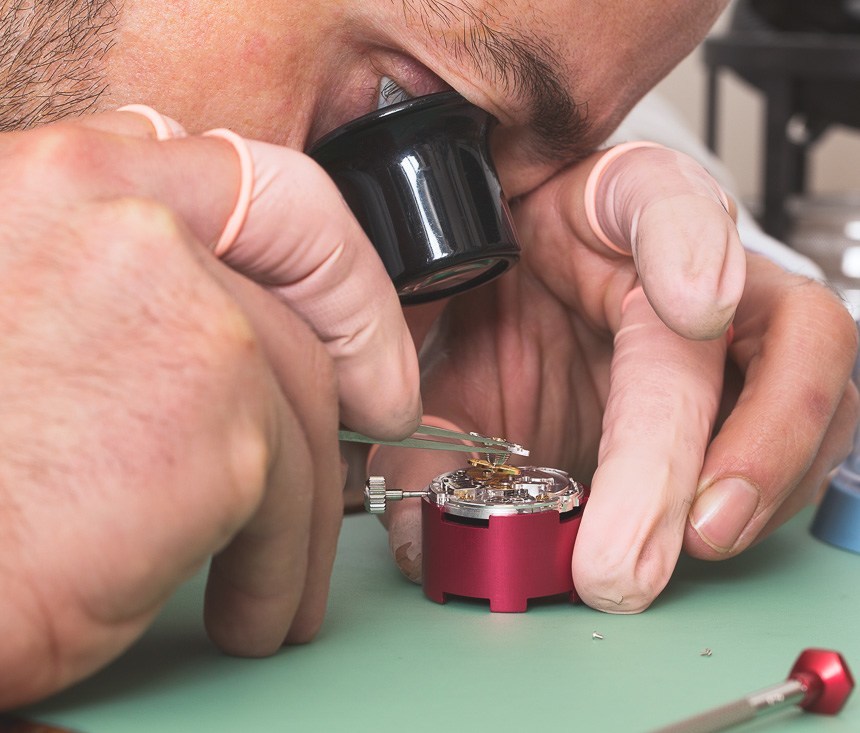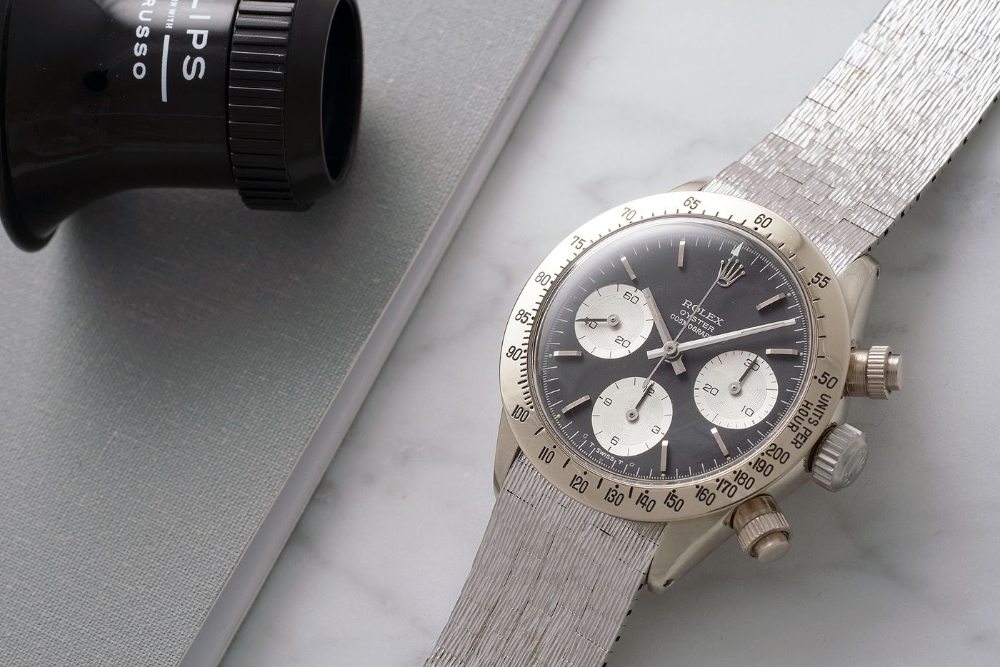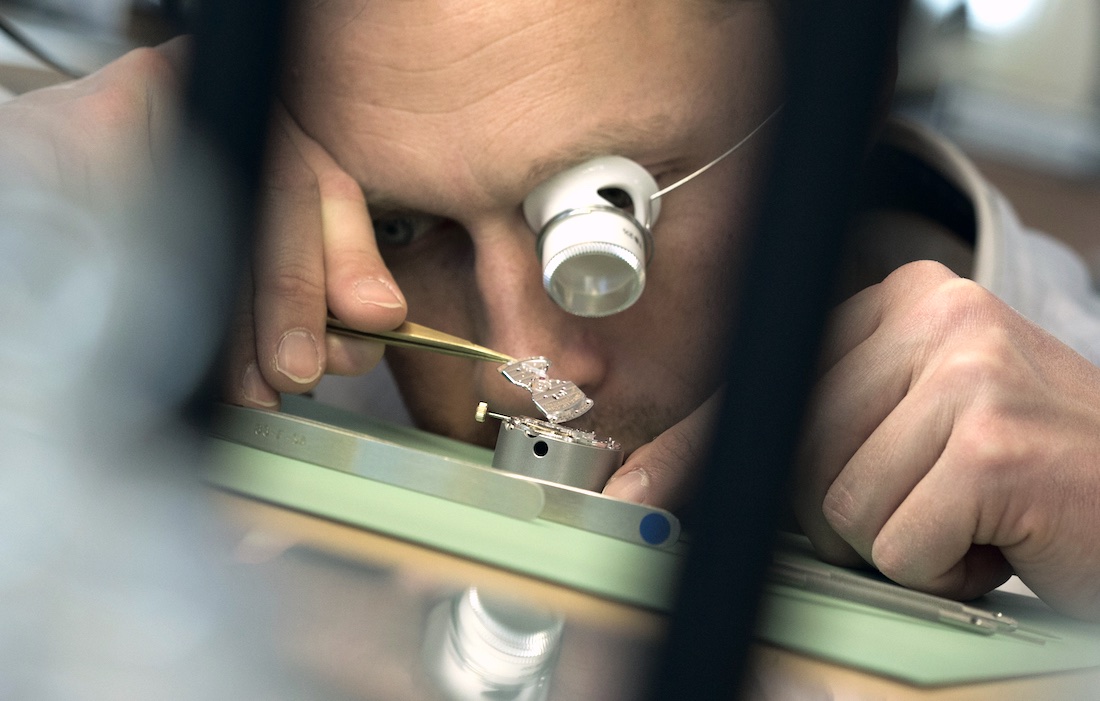
As someone who gives out advice on buying watches for a living, I tend to notice trends that, in turn, become rules that can help people avoid potentially expensive mistakes. That’s what this article is: a list of situations I’ve noticed that often make for poor luxury watch purchases. And by poor purchase, I mean a watch that you either won’t wear and enjoy or will not hold monetary value—or even both.
I’m passionate about this topic because I believe that when someone buys a luxury timepiece, they are rewarding themselves (or someone else), so they should enjoy it to the fullest extent. That means that the luxury watch experience isn’t just about spending a lot of money. You still need to go through the process of actually determining what type of watch is a good fit for you as well as choosing a specific watch, as there are so many seemingly similar ones at any price range.
Exceptions exist to most of the suggestions below, meaning that there are times when watches that fit the description below are a good buy, even if you’re spending a lot. With that said, if you don’t want your next luxury watch purchase to turn out poorly, follow the advice below to avoid some common mistakes.
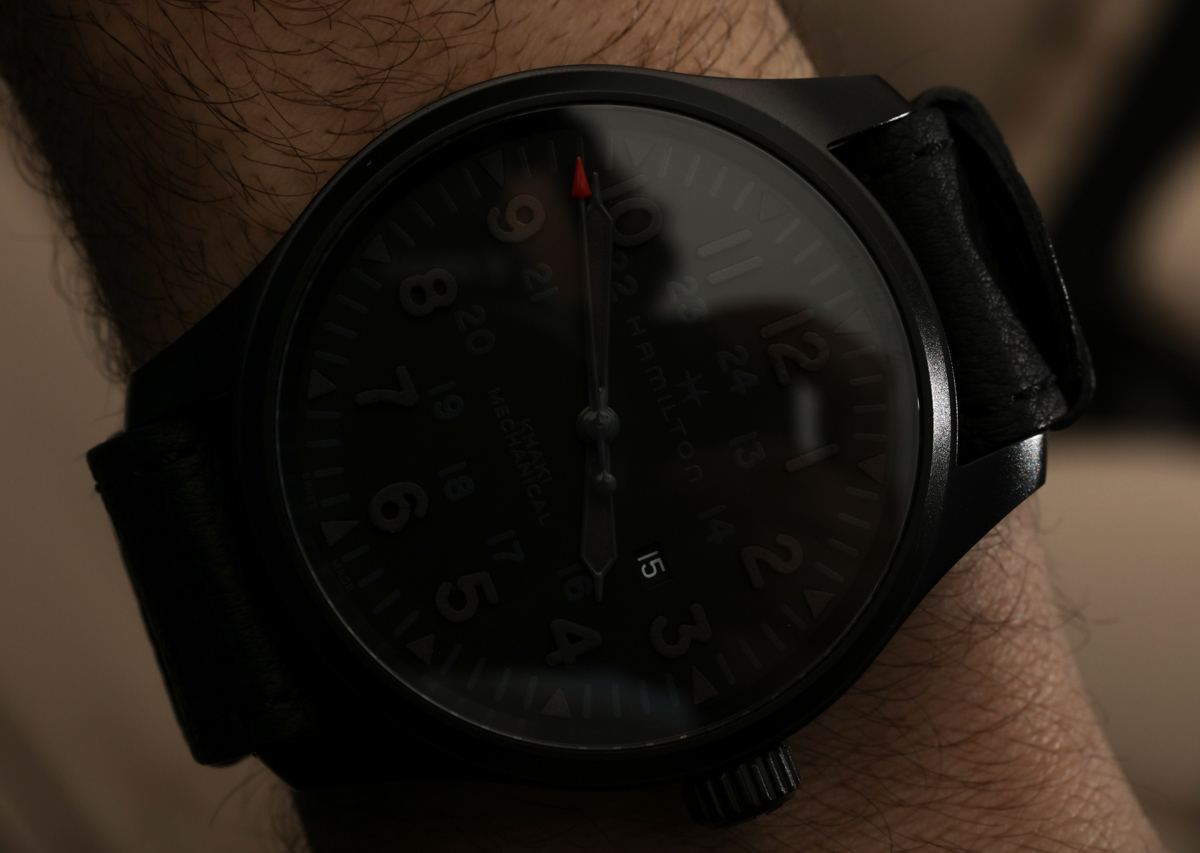
Dials That Are Difficult To Read
A few years ago, many watch executives bought into the idea that people don’t buy watches to tell the time anymore. Though that’s technically a false statement, it ignores the obvious fact that once someone puts a timepiece on, it only stays on if it’s actually legible. What it boils down to is the fact that we only use tools that are decent at their job. And even if someone initially buys a watch as a status item, once they start wearing it, they’ll actually start using it to tell the time. People don’t realize how useful watches can be until they start wearing them.
The only problem is if you wear a watch—regardless of why you put it on in the first place—and it doesn’t allow you to read the time with a quick glance. It’s even worse if you need to carefully study the dial or twist your hand around in the light to try and read the time precisely. No matter how expensive a watch is, if it’s not easily legible, then the wearer doesn’t have much of a reason to put it on. Of course, you might still put it on as as status symbol, but there’s so many watches that are both recognizable and legible.
If you go into any watch store, you’ll see a dizzying array of both cheap and expensive watches that are really hard to read. Some watches seem to have been designed by people who felt that actually reading the time was a distant afterthought compared to some other element, like how many diamonds should be encrusted in the dial. This is a symptom of a large problem: very few watch brands are actually designing tools for people to use. There are exceptions, of course, and many companies can do basic things, like create easy-to-read dials, pretty competently. Still, it’s frustrating to see watchmakers who tout their passion for timepieces produce dials that even someone with excellent vision can barely read.
Poorly designed watch dials tend to happen because of insufficient design quality control and an almost complete lack of enthusiastic supervision. When creative directors behind a product really care about watches, it shows. Watches that result from such forces tend to be popular simply because the people who produced these watches made sure that they were the best they could be before they hit the market.
These days, plenty of products that are targeted at uninformed consumers are plain terrible. Let’s focus, however, on high-end watches, because consumers aren’t just buying any timepiece, but also a highly detailed and refined luxury product. Imagine buying a very expensive watch only to find out after a short time of wearing it that despite how nicely it is made, it doesn’t actually make reading the time convenient at all. The chances of you wanting to buy another luxury watch are small. Given that illegible watches pose a problem I am passionate about, I could discuss this further at great length. Let me just conclude by saying that most people will regret purchasing and simply avoid wearing any timepiece that isn’t legible at all.
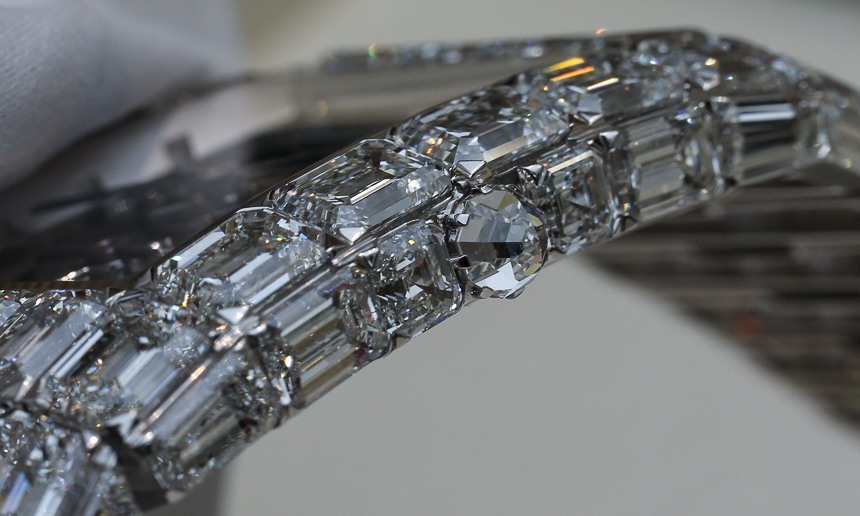
New Watches With Prices Based Mostly On Jewelry Value
Anytime we cover watches with diamonds or other precious stones, some people inevitably cry that they’re in “bad taste” and “gaudy.” I’m personally not opposed to the aesthetic of many men’s watches that emphasize their jewelry aspect, but I can’t always stand by their price. Many luxury watch brands use precious stones to justify greatly increasing the retail price of a watch, and they often do so at a level higher than the actual market value these precious stones add.
That means brand new watches with precious stones can experience incredible depreciation. Why? Well like I said, when a retail price is based on what a company wants to charge and not based on what most consumers willing to spend, then the price of the watch will drop once the watch is put back on the market and sold as secondhand or otherwise. Furthermore, in the past, items adorned with precious stones were expensive because the stones were extremely rare, but today, such gems aren’t that rare anymore. Sure, large diamonds are still expensive, but a quick search on the Internet can demonstrate how easy it is to buy almost any precious stone.
If, for whatever reason, you feel compelled to purchase a brand new watch with a lot of precious stones from a famous luxury watchmaker, then I won’t stop you. In fact, kudos to you for being able to afford something like that. If, however, you’re interested in timepieces laden with precious stones, but want your money to be spent wisely, opting for the pre-owned route is going to give you a huge discount. And if you ever want to resell it, you won’t experience as large of a loss compared to if you had sold a watch you bought brand new.
Watches With Value Derived Mostly From A Story
People who read my advice on a regular basis know that I often discuss what I call the “inherent value” of a watch. I spend a lot of time talking about inherent value specifically because I want to help people avoid watches whose prices seem to be derived from some alternative source of value. Inherent value is derived from facts about the quality, performance, and art contained in a particular object that many people can usually agree adds value to an item. If you spend a lot of money on something that isn’t expensive because of inherent value, you’re essentially buying into market trends. Watches with value derived from a story are highly susceptible to changing human moods. Unless you are a seasoned and incredibly skilled day-trader (or hold a similar job), I wouldn’t suggest any friend of mine to bet on human emotion as the source of value for anything.
When moods change, so do the market values of items that are based on demand derived solely from human emotion—as a result, the price of these watches are highly volatile. If this sounds a bit abstract, I’ll bring up two settings where the story behind a watch accounts for a large percentage of its supposed value: the auction world and the vintage watch world.
Spend some time watching auctions and you’ll notice a trend with the “important” vintages watches. Much of the time, the description of the watch has little to do with the watch itself and more to do with the story behind it. This is cause for suspicion, so if you’re a potential buyer at an auction, be careful about how much you’re willing to spend.

